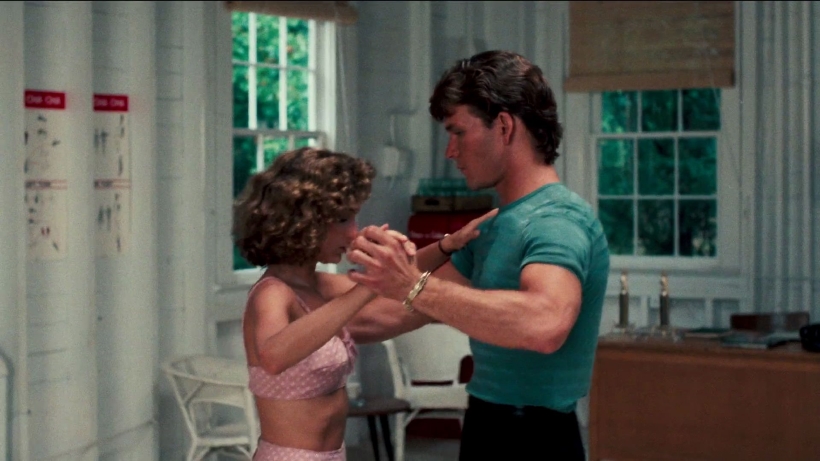It’s no secret that my favorite movie is Dirty Dancing. I remember watching it for the first time and falling in love with the dance moves and the romance of it (without understanding at my young age the more adult themes). When you watch good movies over and over again, they never get old because you tend to find new things to take from them. As many times as I’ve watched Dirty Dancing, I’m still finding little lessons and commentaries on the state of society and more. One of those themes I noticed recently is the notion of setting boundaries.

When the character of Johnny is working on helping Baby improve her dancing, he talks about posture. In the beginning, as they’re getting to know each other, Johnny teaches Baby to lock her arms, declaring “This is my dance space, this is yours.” If you know the movie, you know that the two characters are establishing not just the boundaries for dancing with each other, but the boundaries of their relationship. After they get to know one another and care for one another, Baby later teases a noodle-armed Johnny while dancing, calling out his “spaghetti arms” and throwing his previous line about dance space right back at him.
While I wouldn’t necessarily call Dirty Dancing biblical commentary, I would certainly be willing to say that the relationships and boundaries explored in the story are as old as the Torah itself, and one of those lessons can be seen in our Torah portion this week. This week we read Parshat Terumah, which reminds us of the importance of giving gifts just because we want to. The parshah focuses mainly on the building of the Tabernacle (the Mishkan) and what the ark and decorative pieces will look like. The instructions are specific, including what materials should be used, exactly how big each piece should be, and how the floor plan should look when the building is completed.
While the directions for building the Tabernacle are being given, we read in chapter 27 about a specific kind of enclosure that needs to be made for the more sacred of the spaces. This is when we learn the notion that any sacred area must be clearly separated from the profane space outside of it. In other words, there are multiple levels of boundaries throughout the Tabernacle and Temple plazas to allow for the complexities of relationships and how different roles would interact with each other and with God.
Sacred spaces can be physical like the Tabernacle or a synagogue, or they can be personal, between two human beings. Parshat Terumah suggests that regardless of where they are, boundaries can have their own inherent holiness, and respecting them allows for more trusting relationships. The most beautiful movements together happen when you have your dance space and I have mine.



